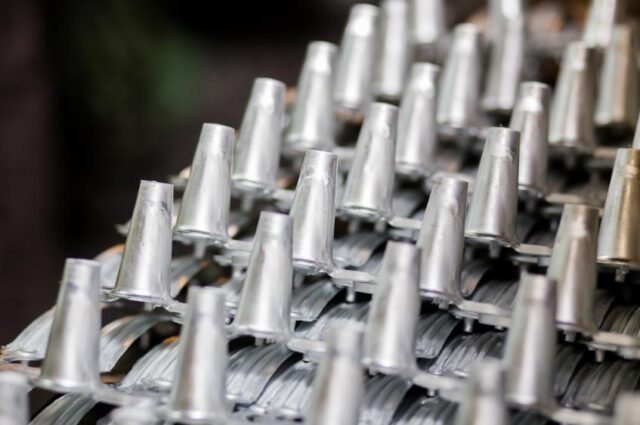Zinc die casting and solid brass are two common materials used in manufacturing. Here are some differences between them:

1. Density: Solid brass has a higher density than zinc die casting, which means it is heavier and more durable. This makes solid brass more suitable for applications that require high strength and durability, such as door handles and faucets.
2. Corrosiveness: Zinc die casting is more resistant to corrosion than solid brass. This is because zinc is a more active metal than brass and will corrode before brass does. Zinc die casting is therefore more suitable for applications in harsh environments, such as outdoor lighting fixtures and marine hardware.
3. Machinability: Zinc die casting is easier to machine than solid brass. This is because zinc is a softer metal than brass and can be machined more quickly and easily. Zinc die casting is therefore more suitable for applications that require complex shapes and details, such as automotive parts and electronics components.
4. Cost: Zinc die casting is generally less expensive than solid brass. This is because the production process of zinc die casting is simpler and more efficient than that of solid brass. Zinc die casting is therefore more suitable for applications that require a large number of parts at a lower cost, such as consumer goods and industrial equipment.

In conclusion, zinc die casting and solid brass have their own advantages and disadvantages, and the choice of material should be based on specific application requirements. If high strength and durability are required, solid brass is a better choice. If corrosion resistance and machinability are more important, zinc die casting is a better choice. And if cost is a concern, zinc die casting may be the more economical option.
- Home

- News and Events

- How Does Zinc Die Cast Compare With Solid Brass
How Does Zinc Die Cast Compare With Solid Brass
27 Nov, 2023 at 09:49:22